It’s mild and overcast at Thruxton circuit near Andover, Hampshire. The Met Office says afternoon rain is a 25% possibility. The usual dedicated crowd is pouring in for the third British Touring Car Championship meeting of the year – which means they’ll be seeing races seven, eight and nine of the series.
Today’s field has 30 cars divided among 10 marques, and following yesterday’s flat-out qualifying the first 20 are crammed inside one second. The field contains five former champions and 18 previous race winners, so tremendous racing isn’t just wishful thinking, it’s guaranteed. Today’s average speed will be 110mph-plus, and the cars will hit 155mph through Church corner, the fastest on the circuit. At Thruxton, there’s only ever one tyre compound used: hard.
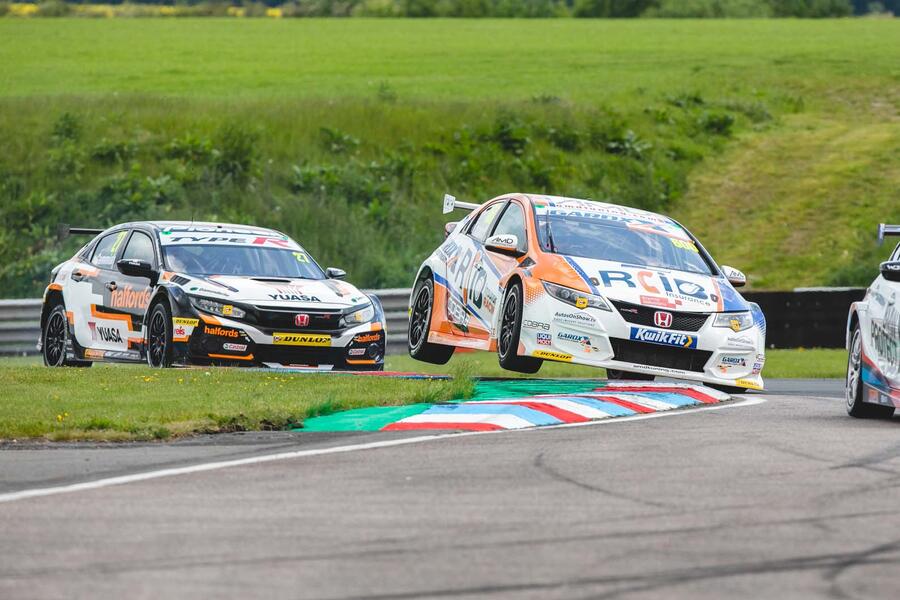
Given the guarantee of great racing, it’s ironic that we’re not here to watch it. Our mission is to discover how this event – like the rest of 2019’s 10 BTCC meetings – will be covered for an off-site ITV audience that usually builds to around a million a race if you aggregate audiences from the real-time race programme, highlights and online coverage.
We’re spending the day with TV anchorman Steve Rider, the face of televised BTCC for at least a quarter-century and a nationally recognised sports-programme personality since the 1970s when he sprang to prominence on BBC Grandstand and Sports Personality of the Year. Nowadays, the BTCC is Rider’s biggest gig and he pulls it off with a professional ease admired by everyone else in the same game.
My first call is the TOCA tent, prominent in the paddock just behind the ancient, creaky Thruxton race tower to which BTCC series supremo Alan Gow once ironically attached a fake British Heritage plaque. It’s still there. Gow has a reputation for running a tight ship and for being affable and direct – except when it’s necessary not to be affable. Behind the tent is the more exclusive and mysterious TOCA bus, to which errant drivers are summoned after ‘infringements’. Gow and a panel of experts use it to dispense brisk justice.

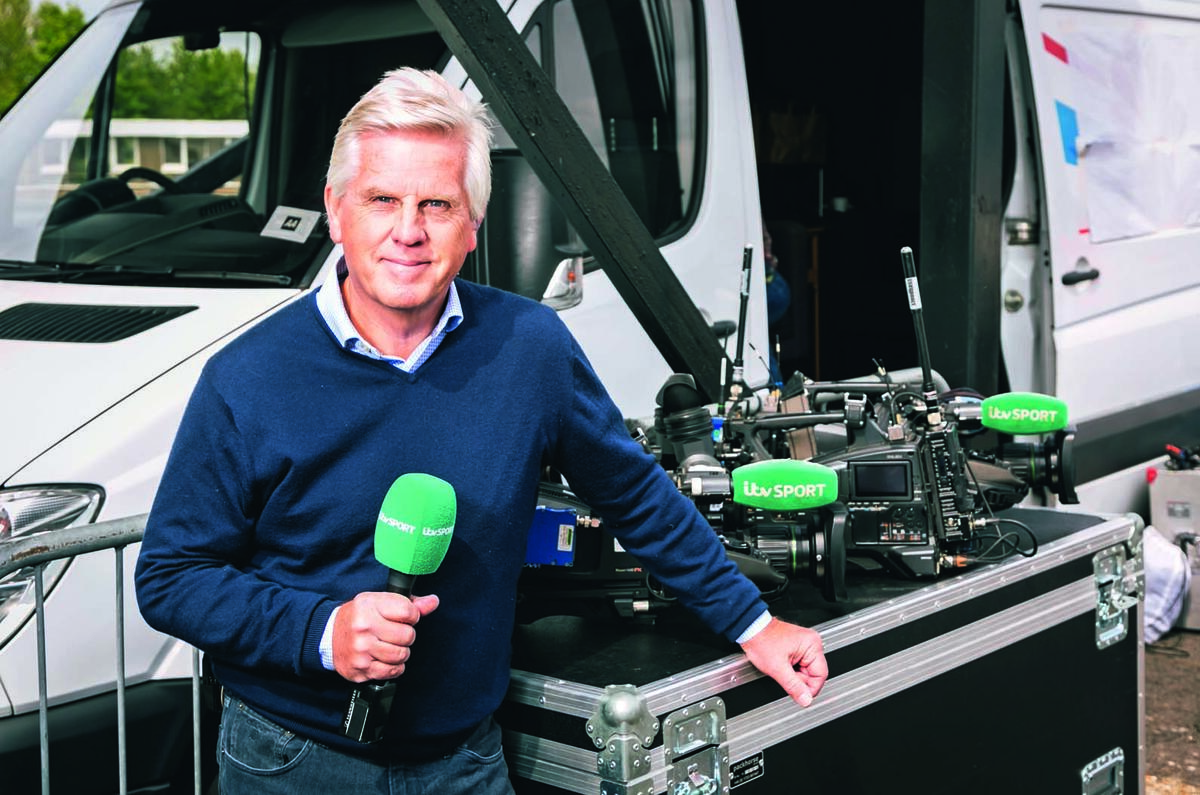
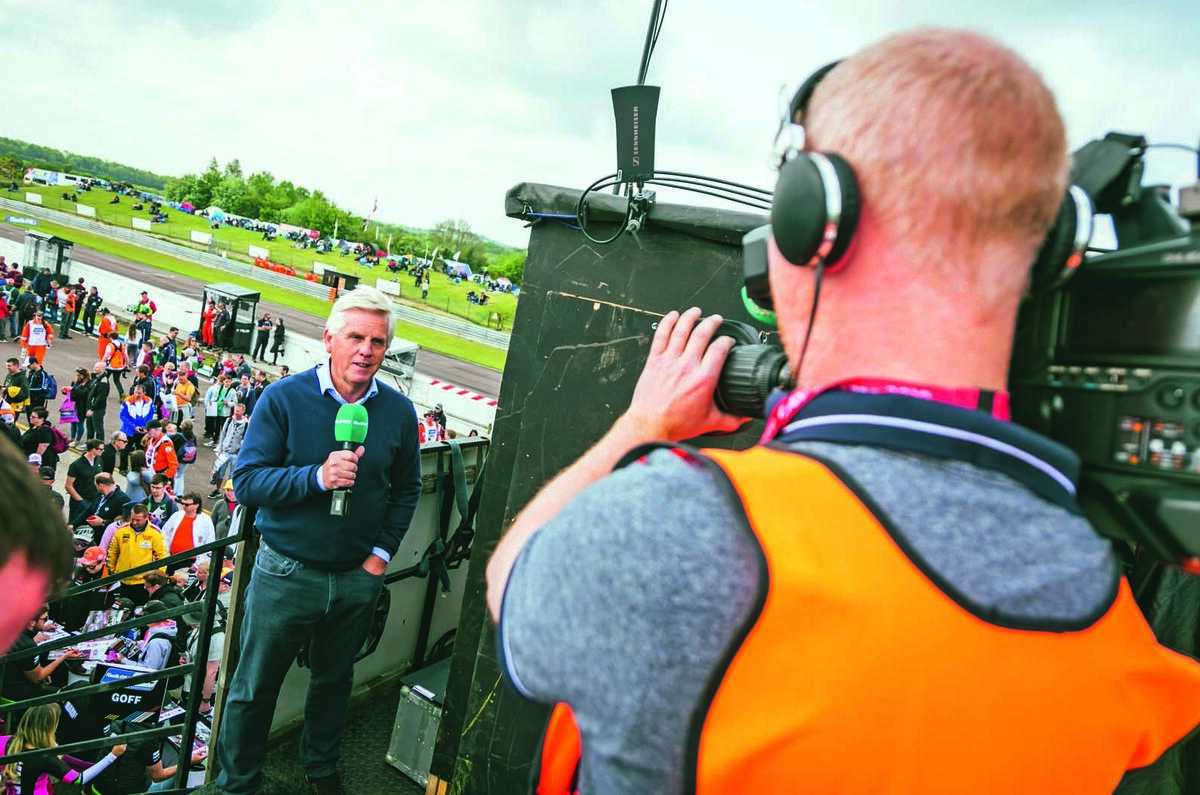
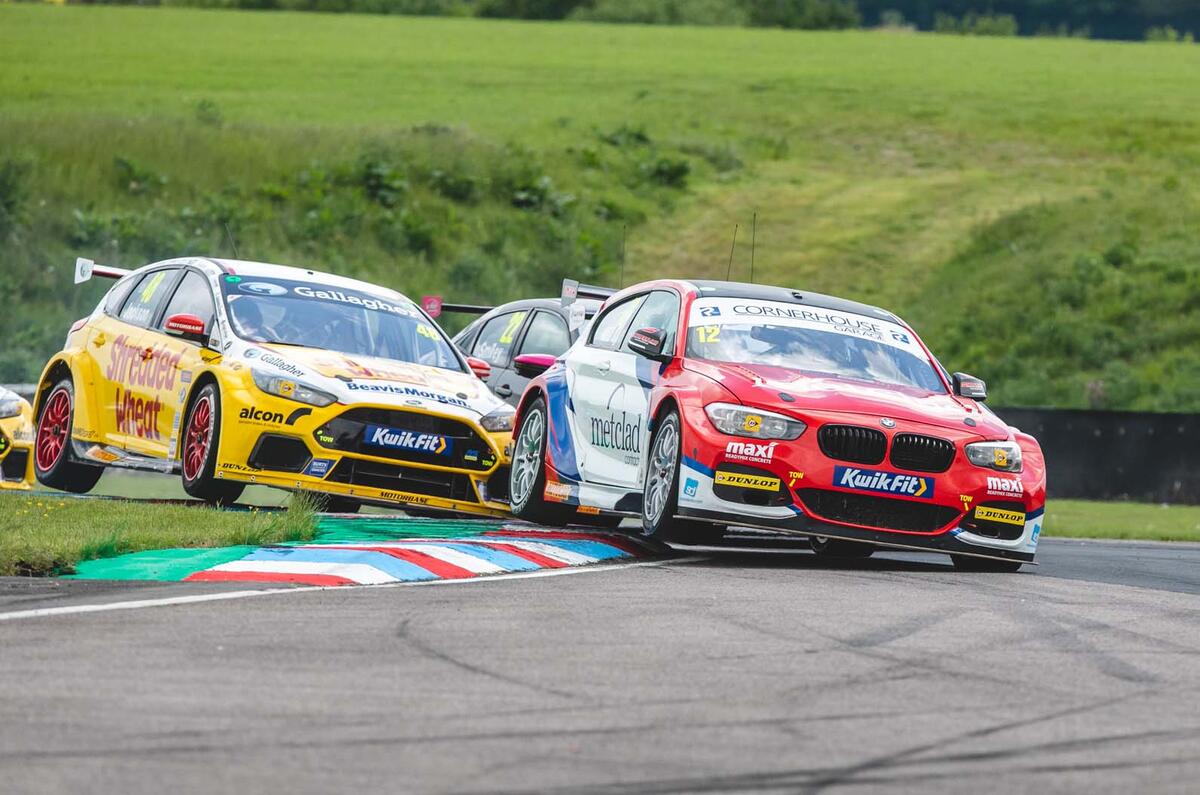
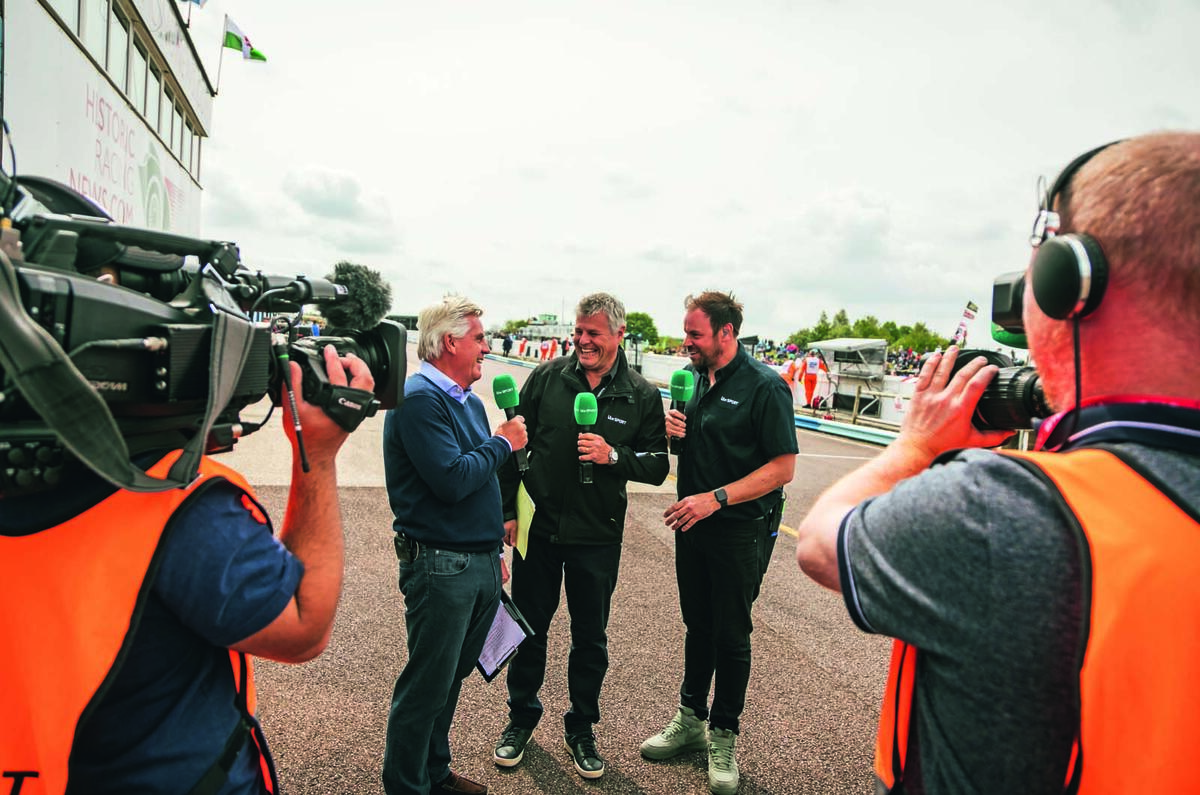
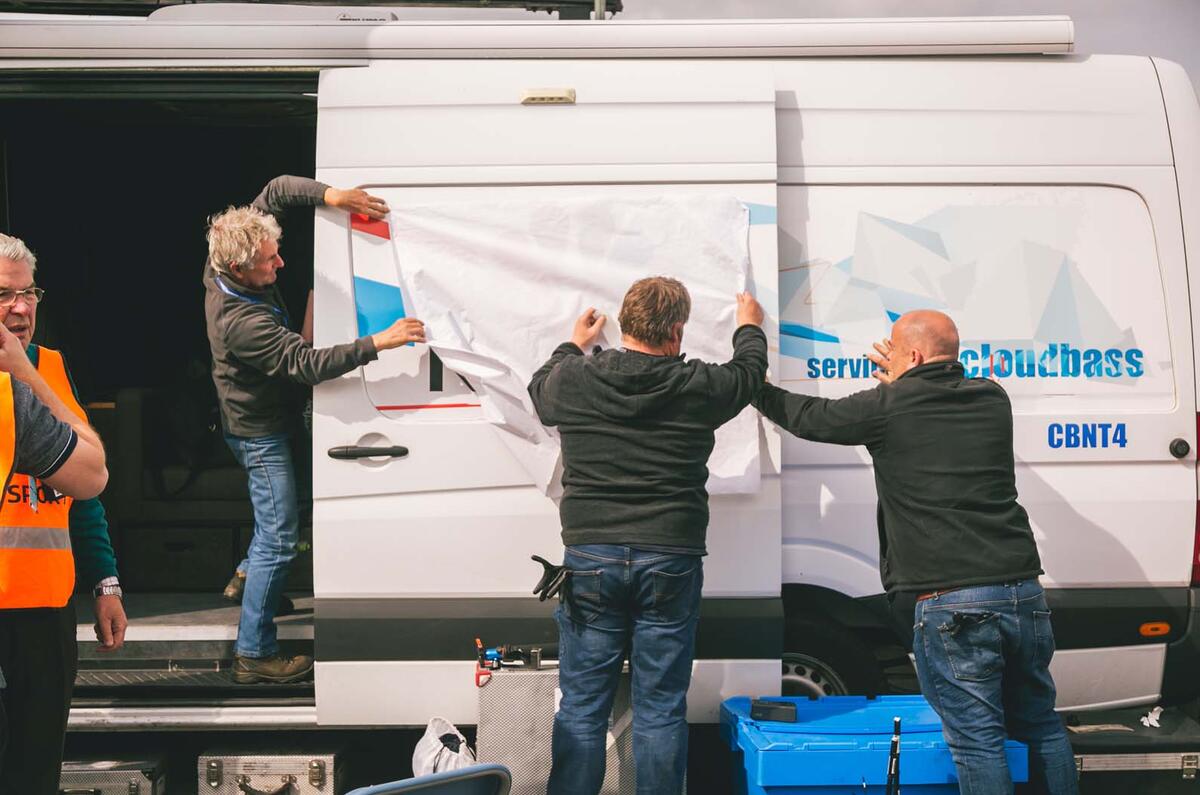
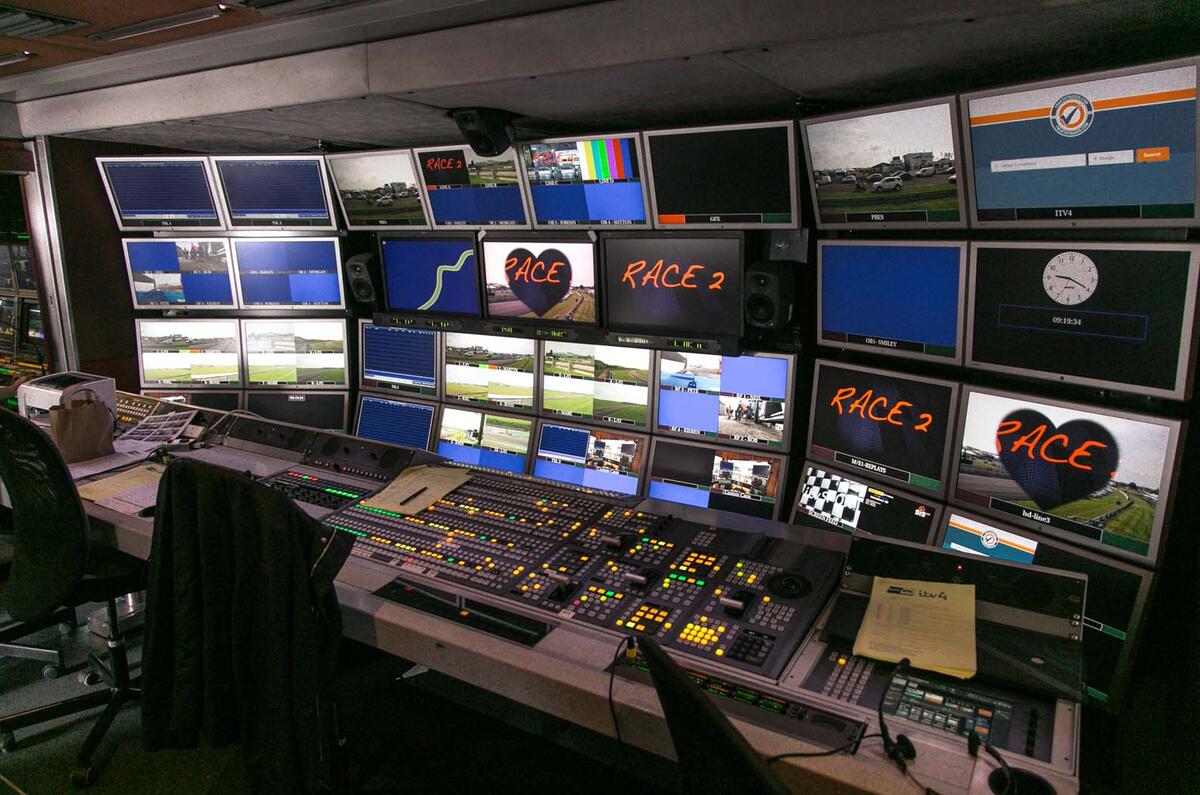
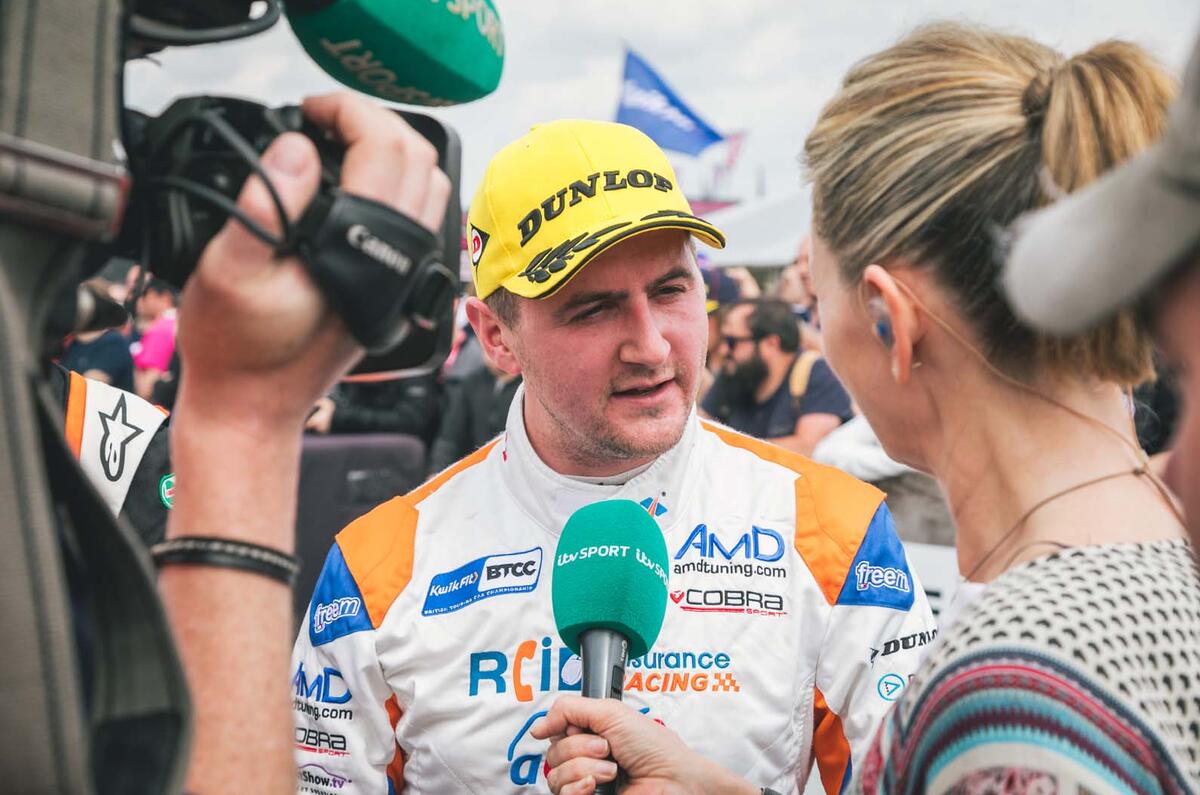
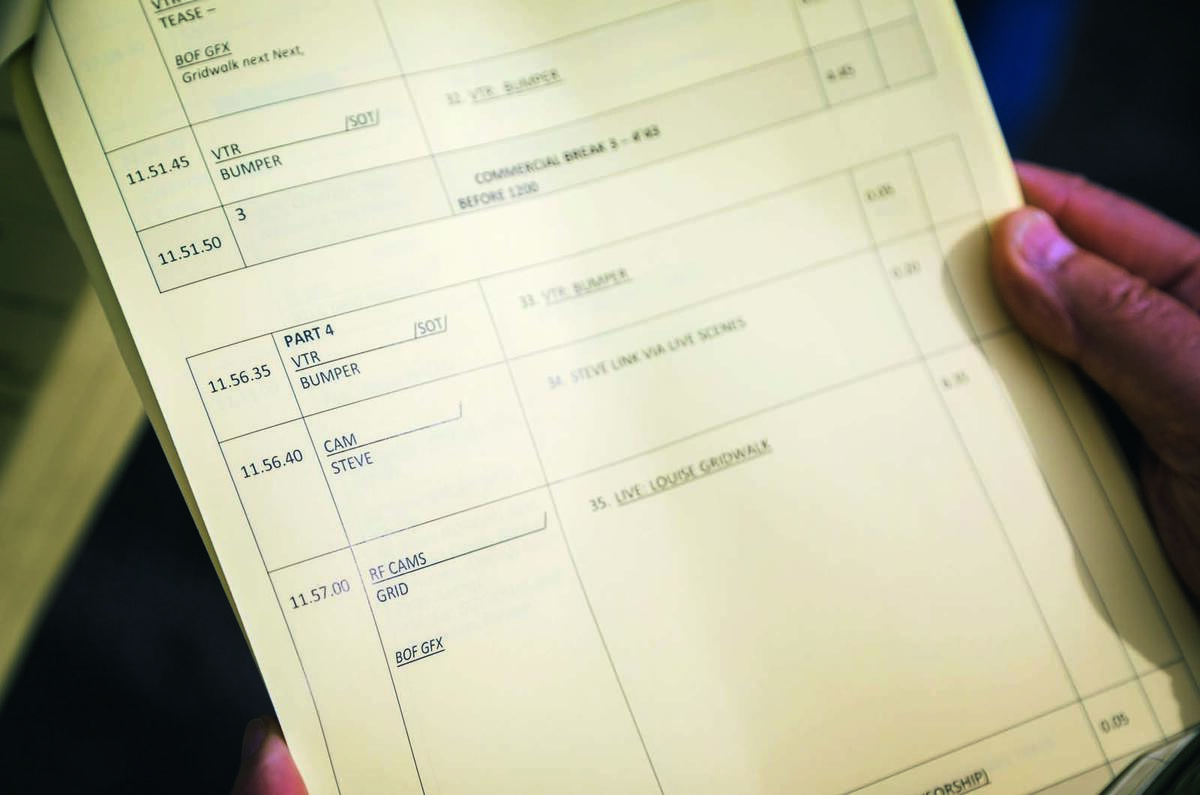
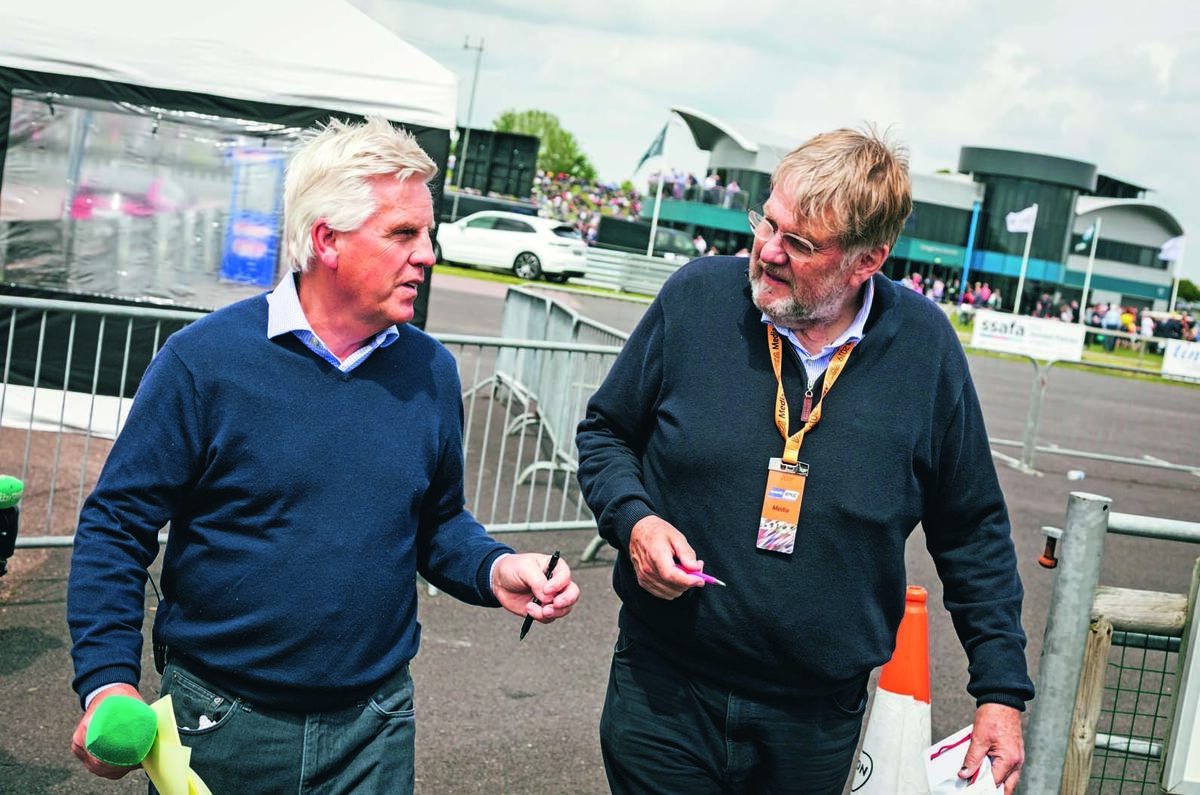

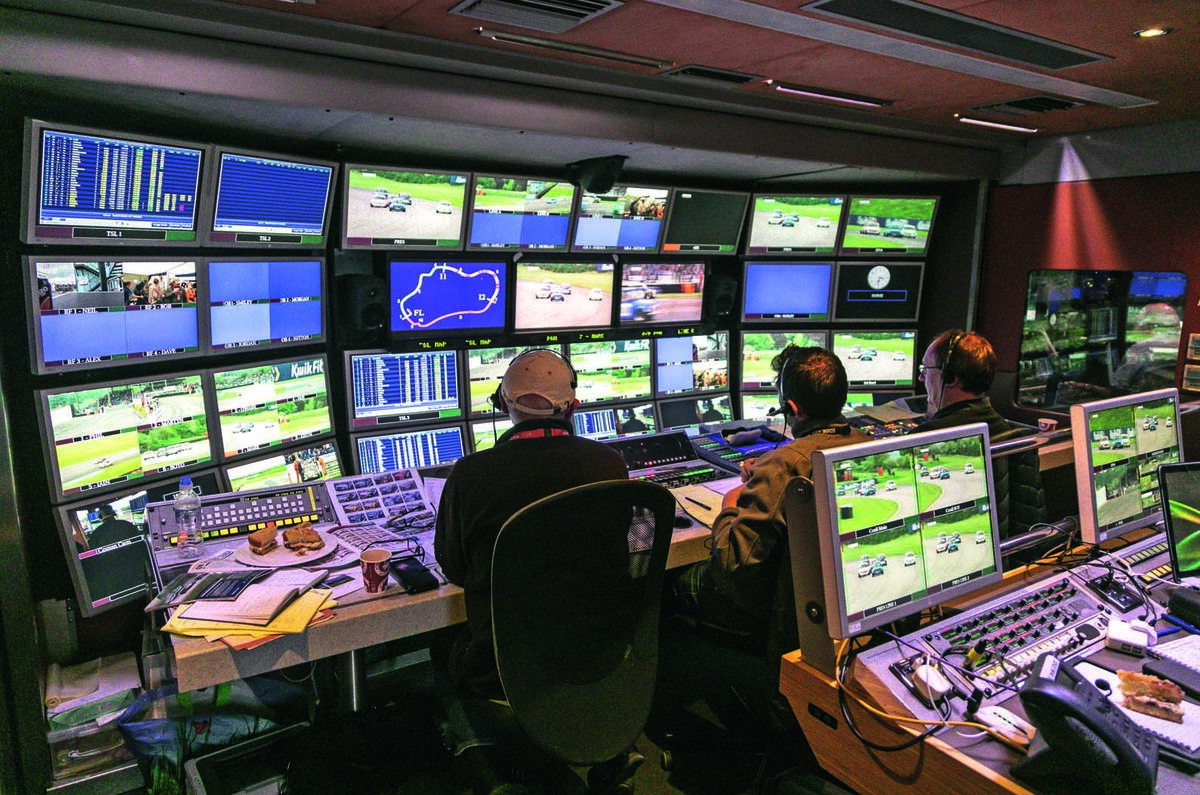

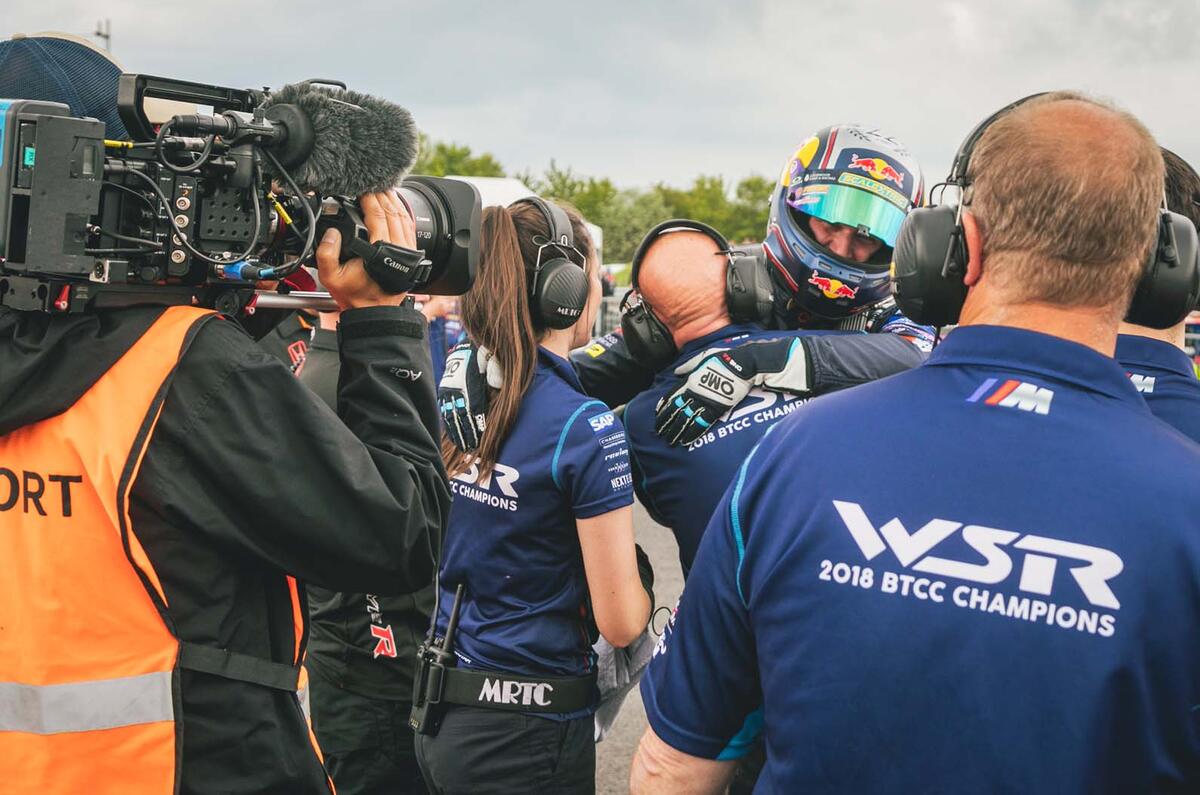
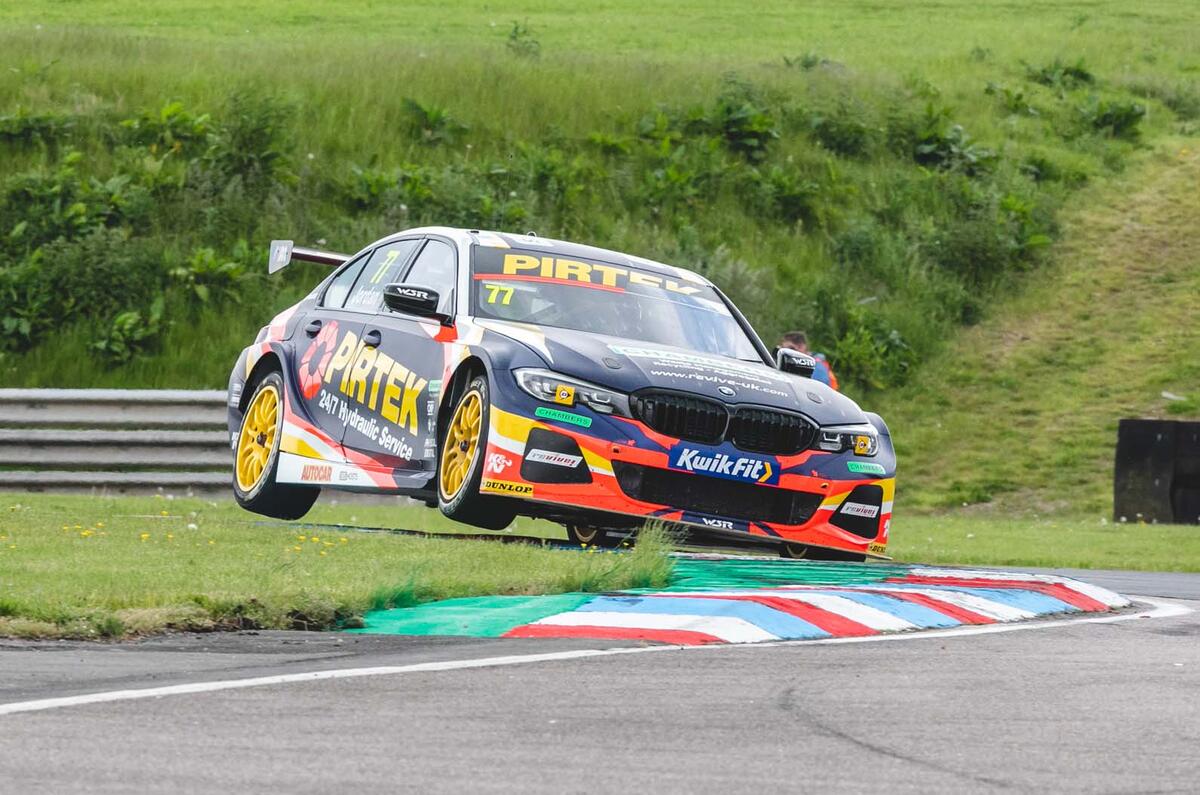
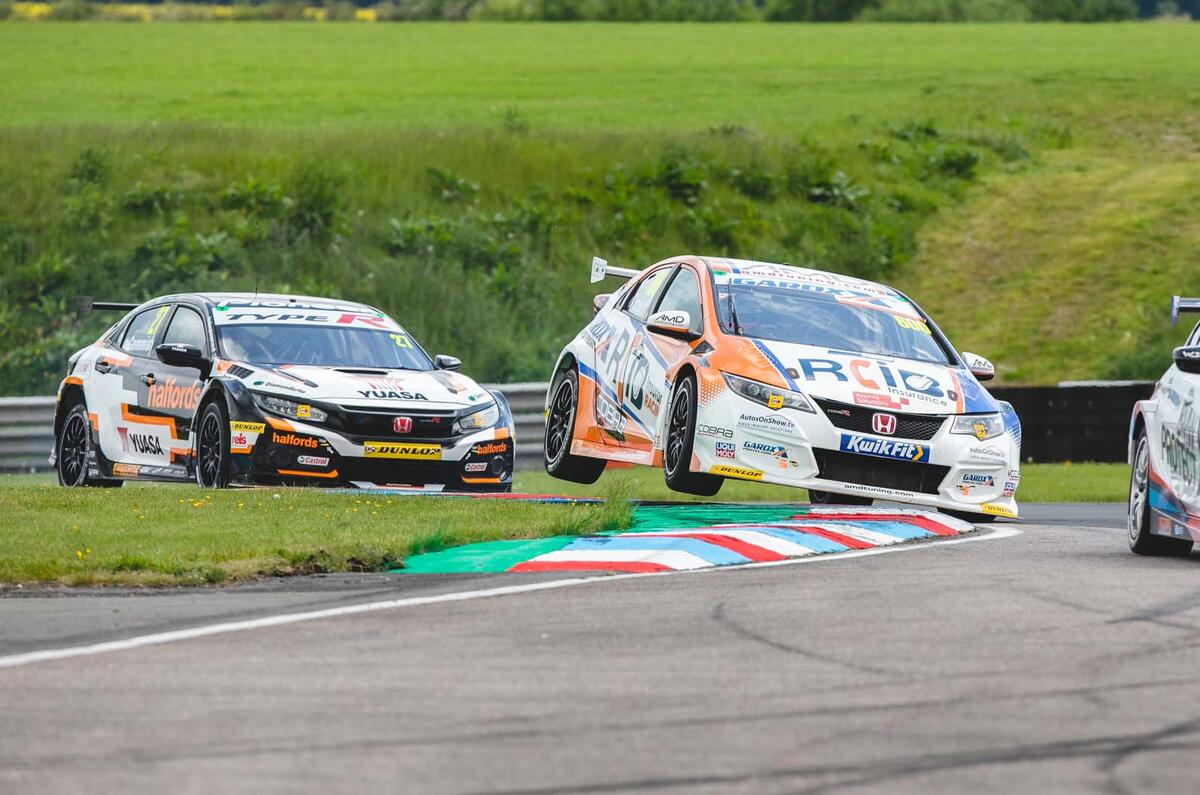
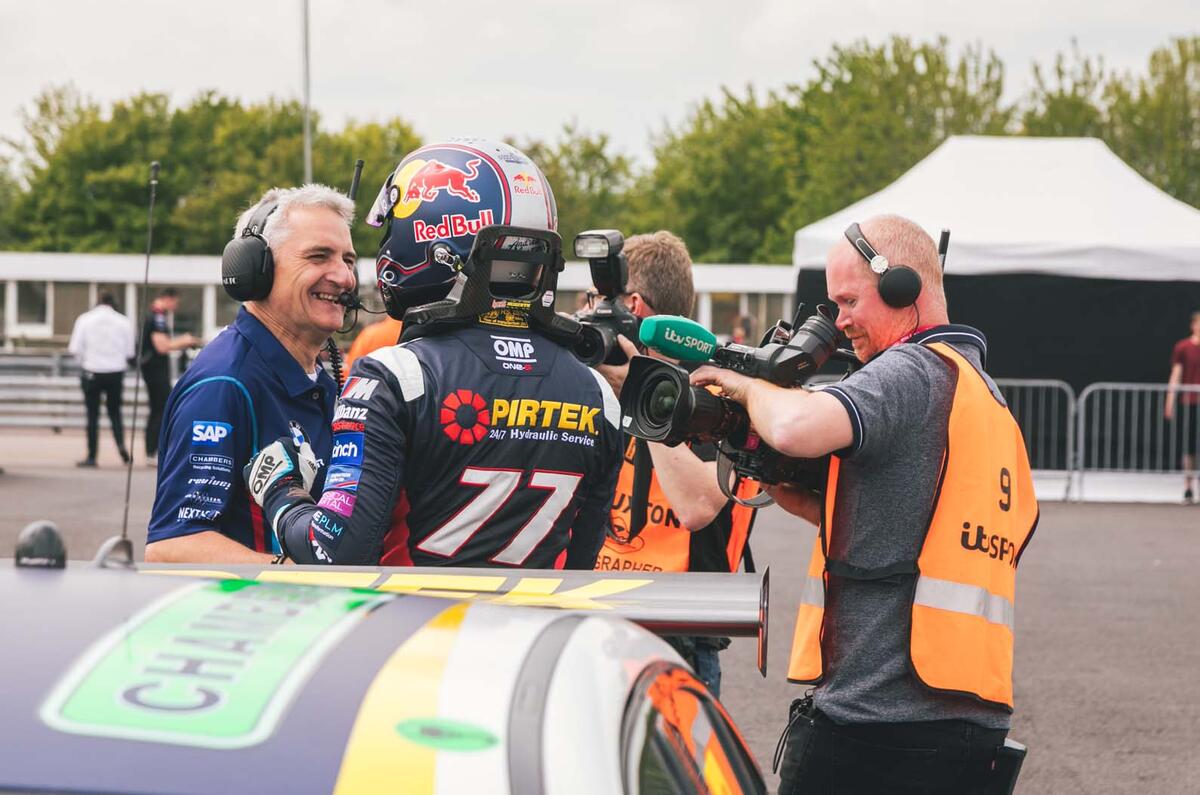
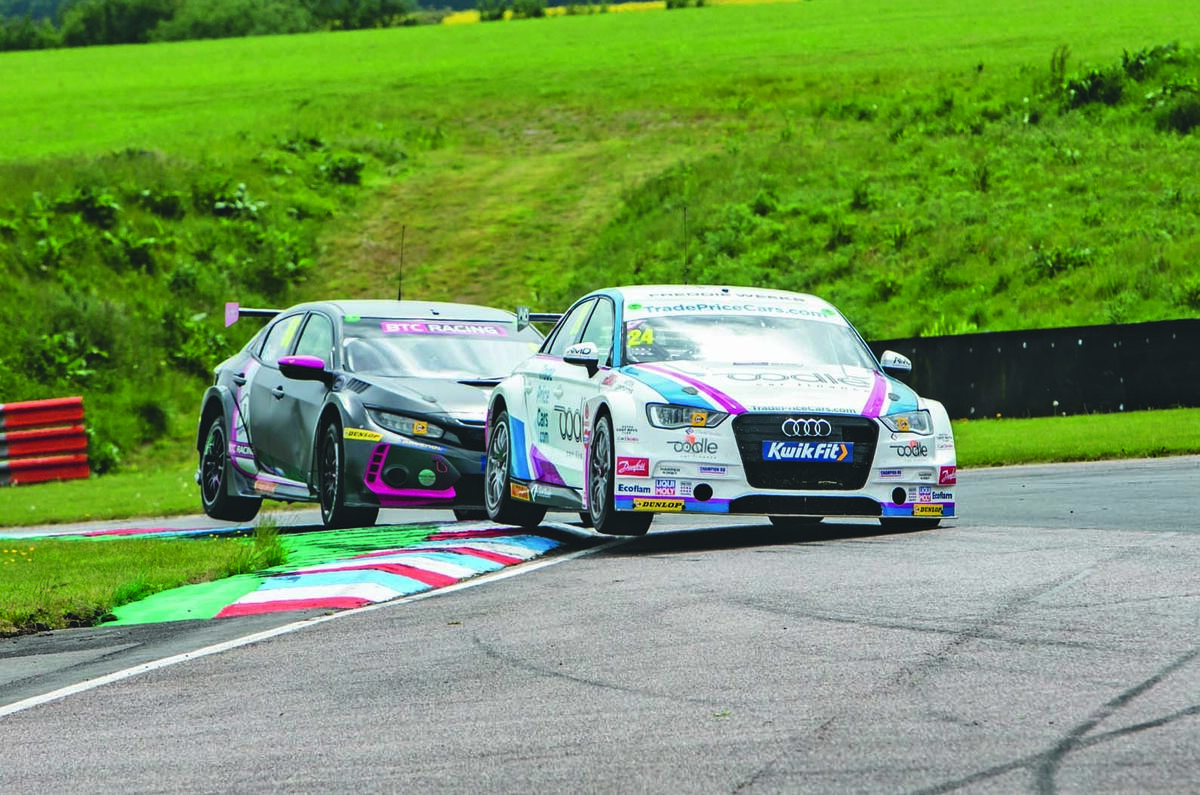

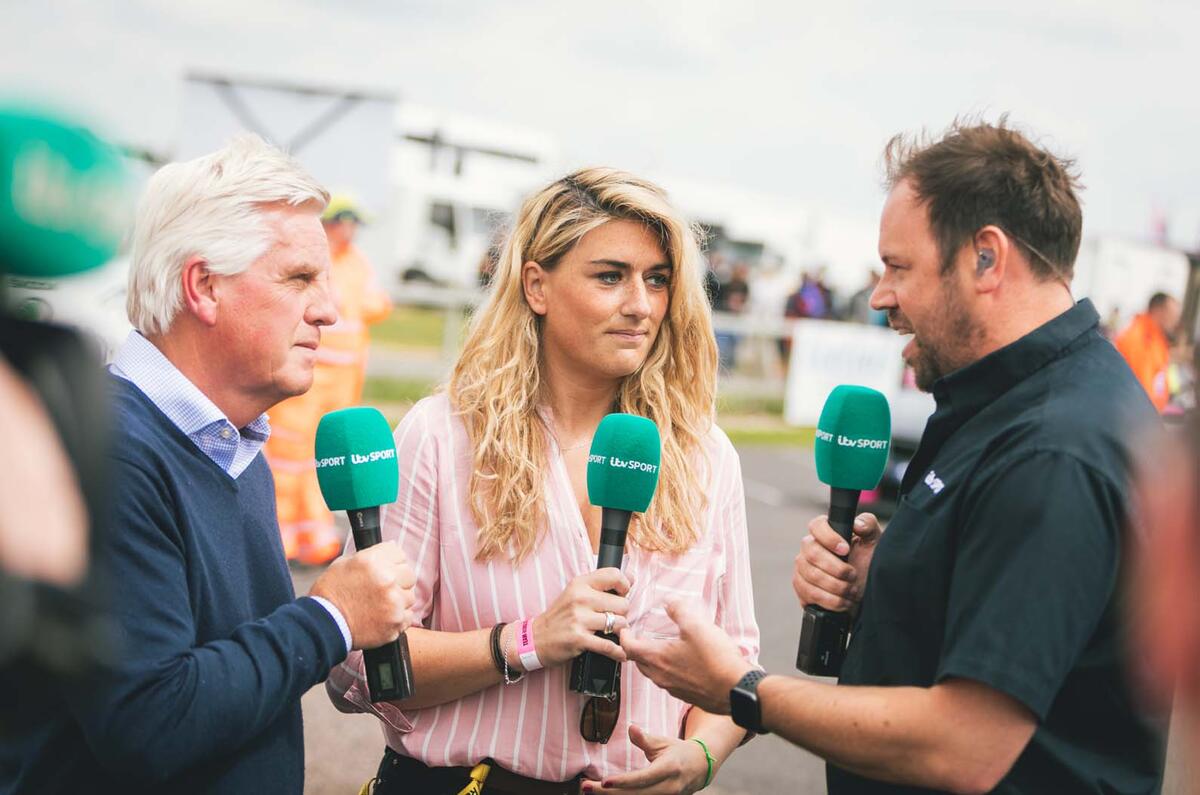
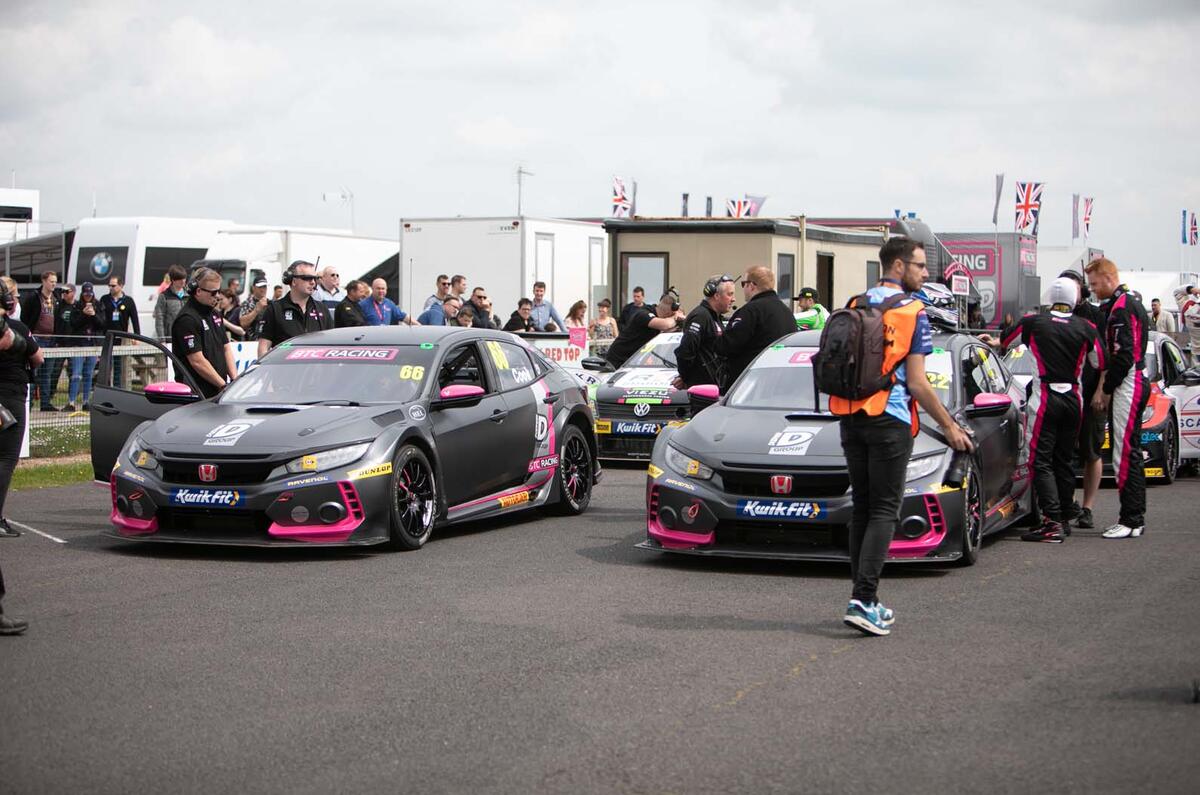
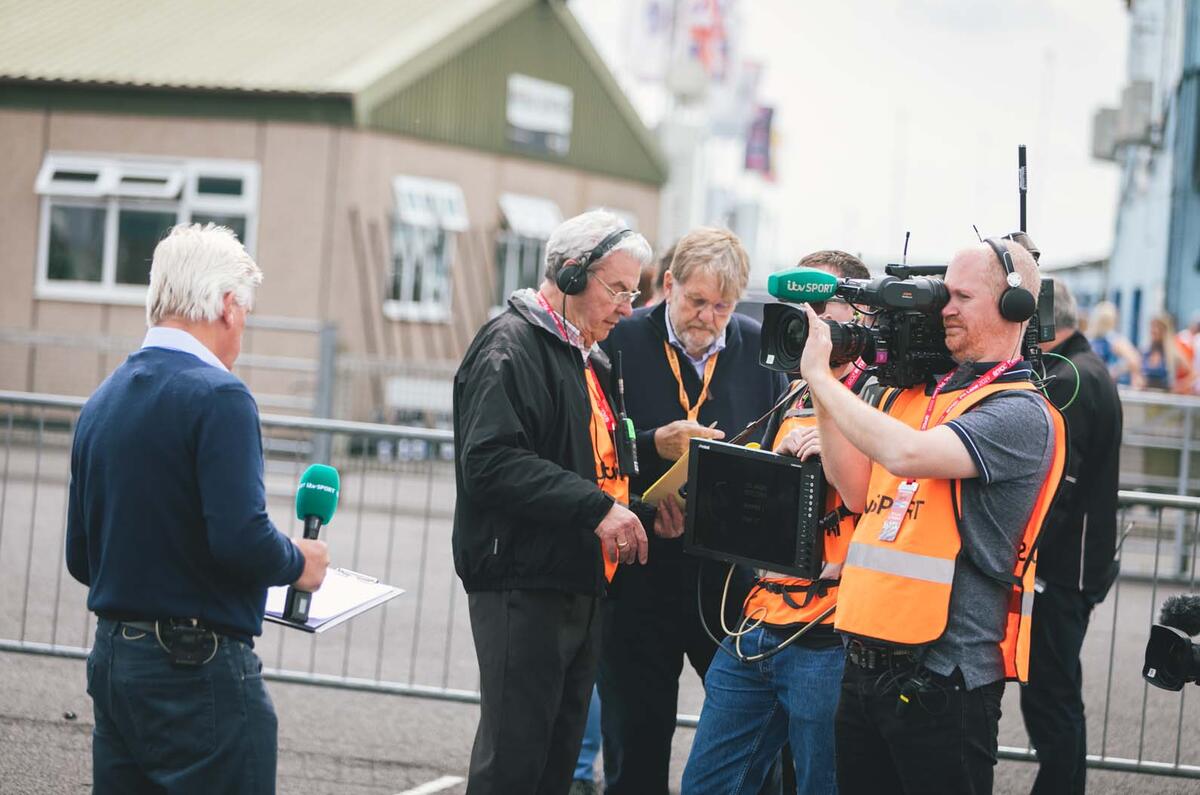
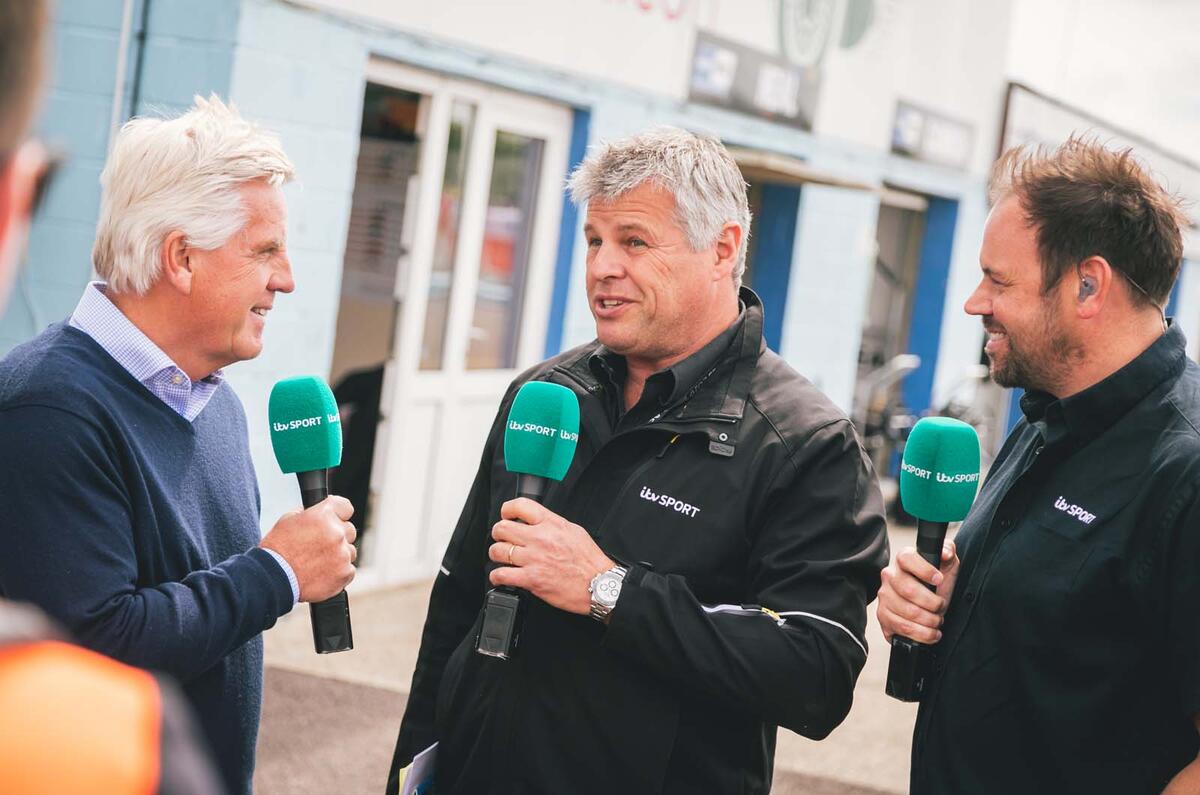

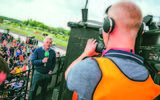
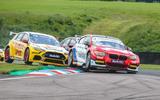
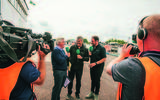
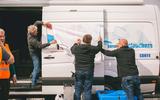



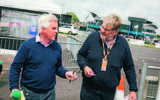
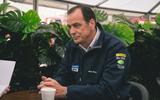

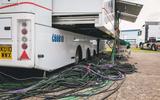
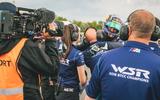


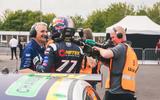
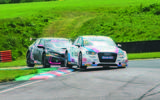



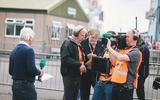


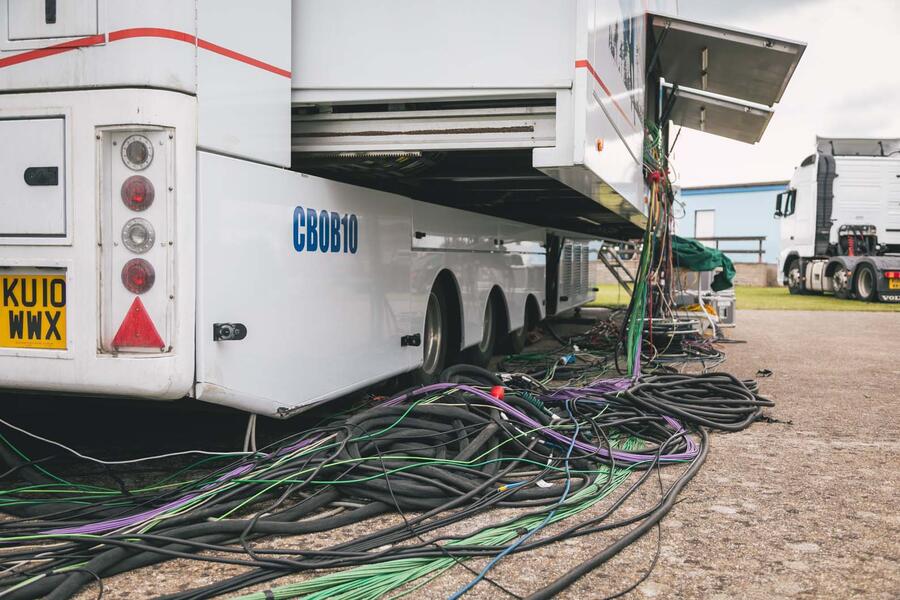
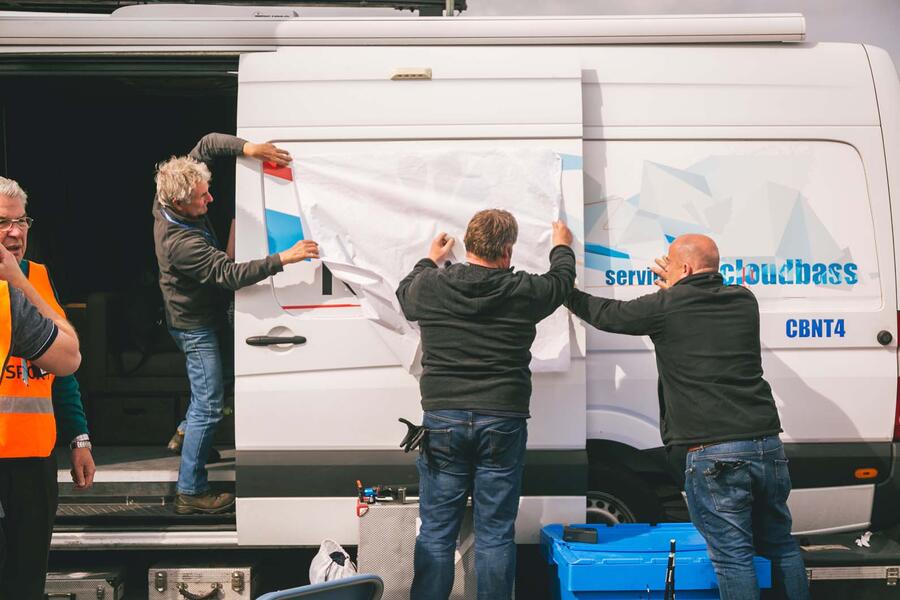
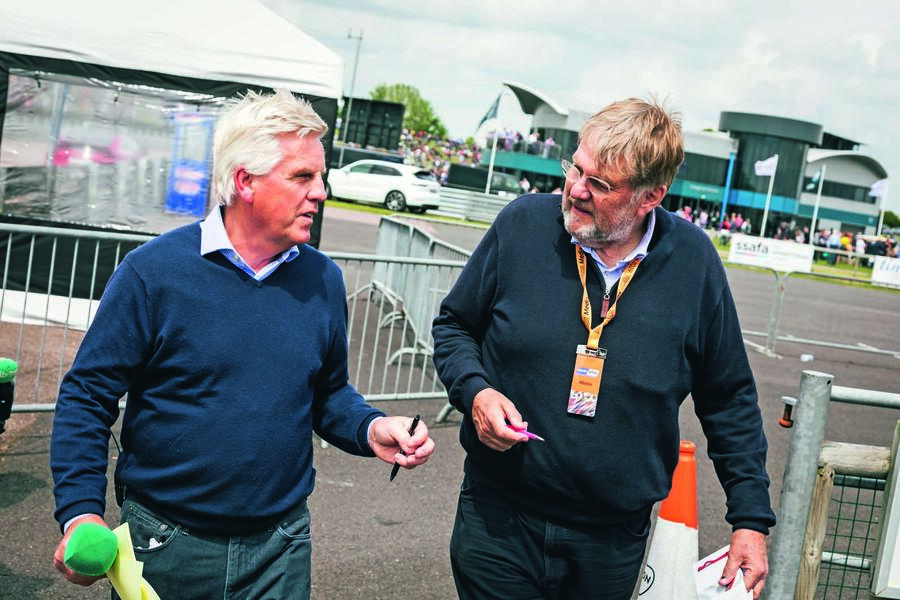
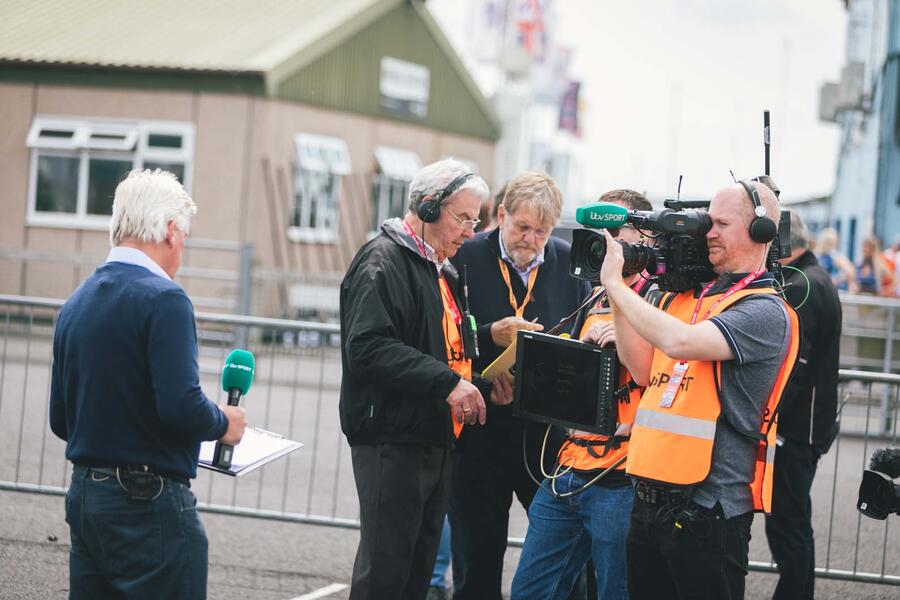
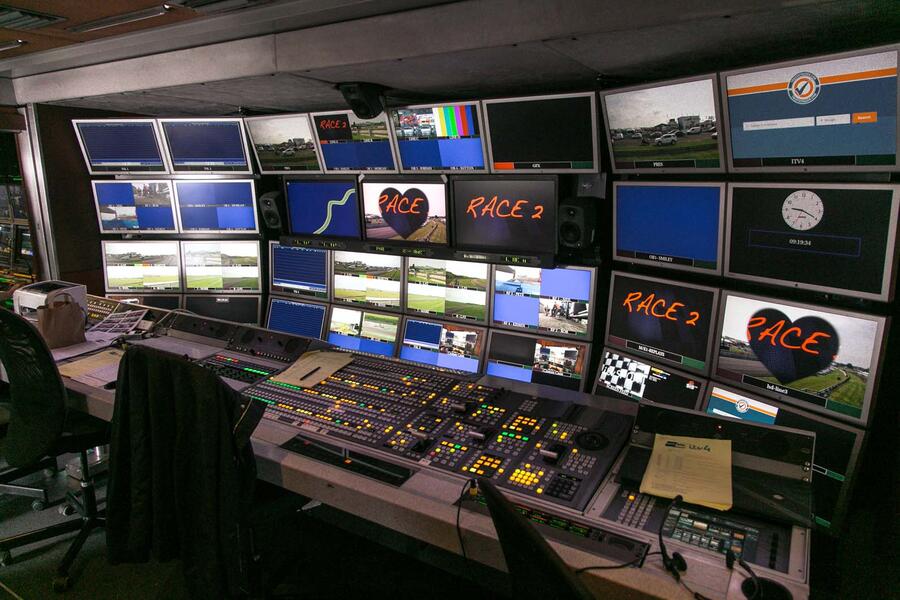
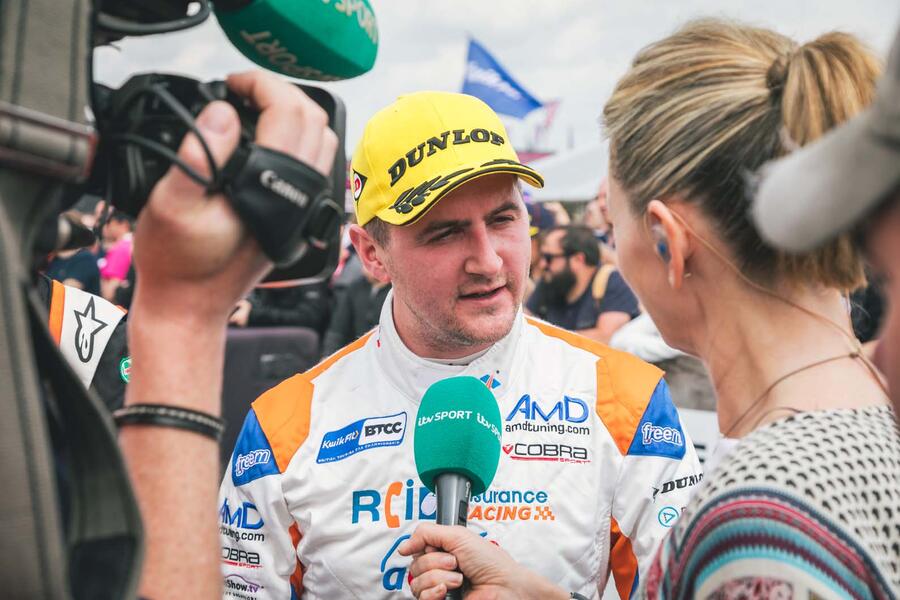
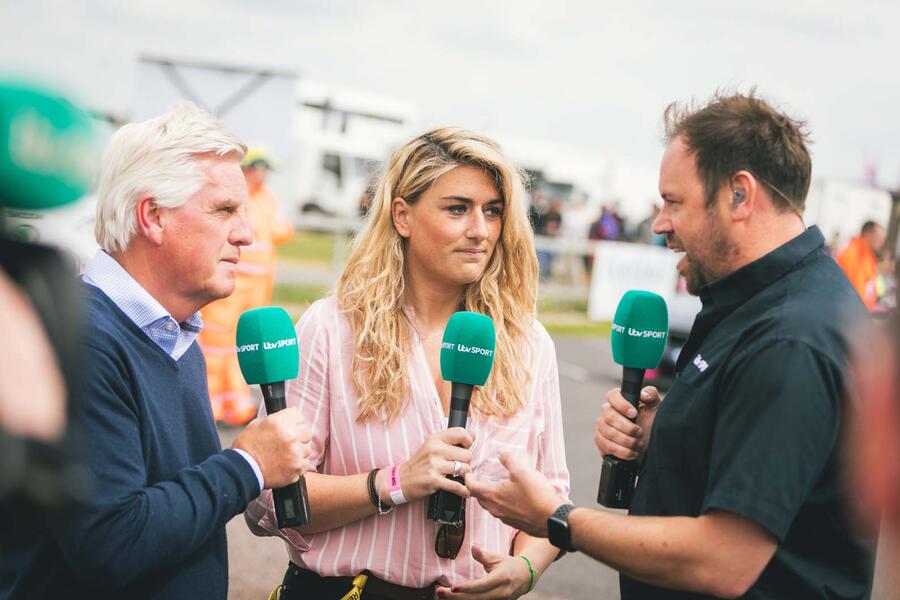
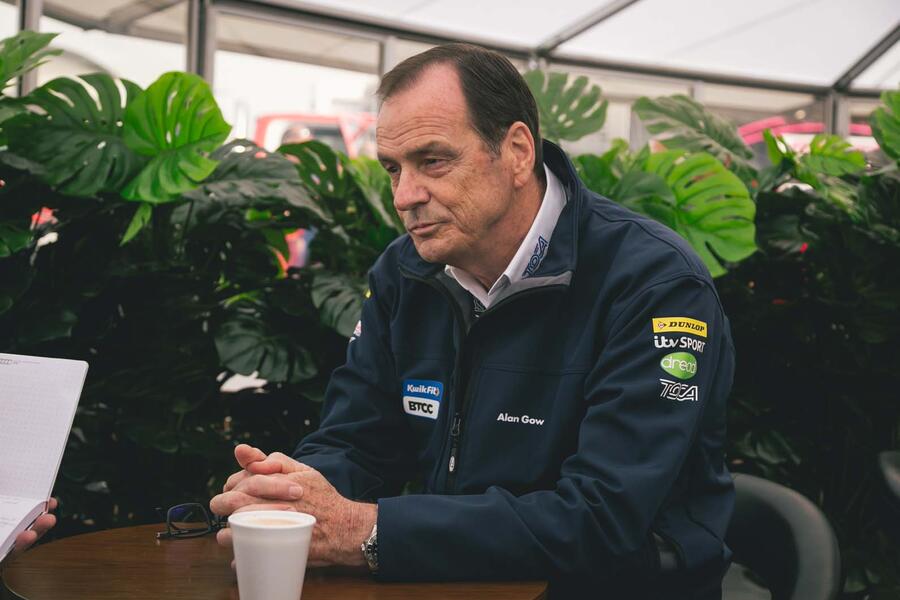






Join the debate
Add your comment
We seldom think about the
/*-->*/